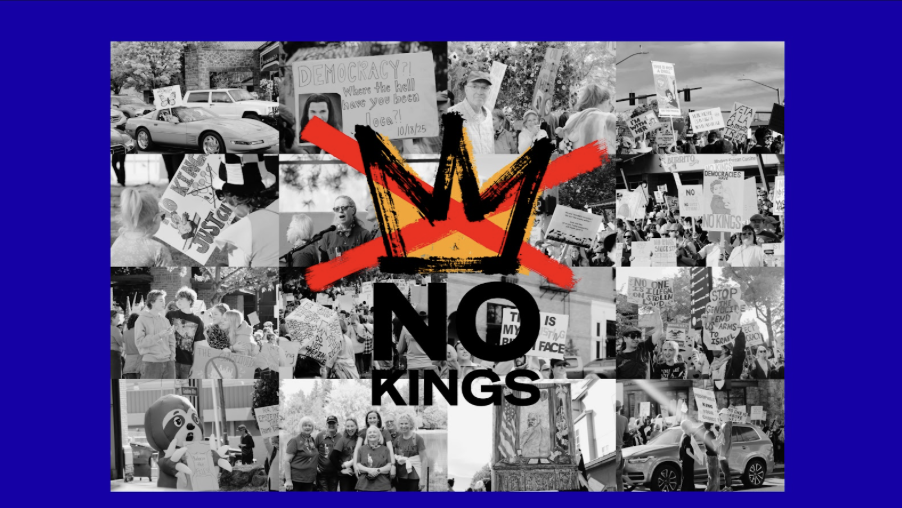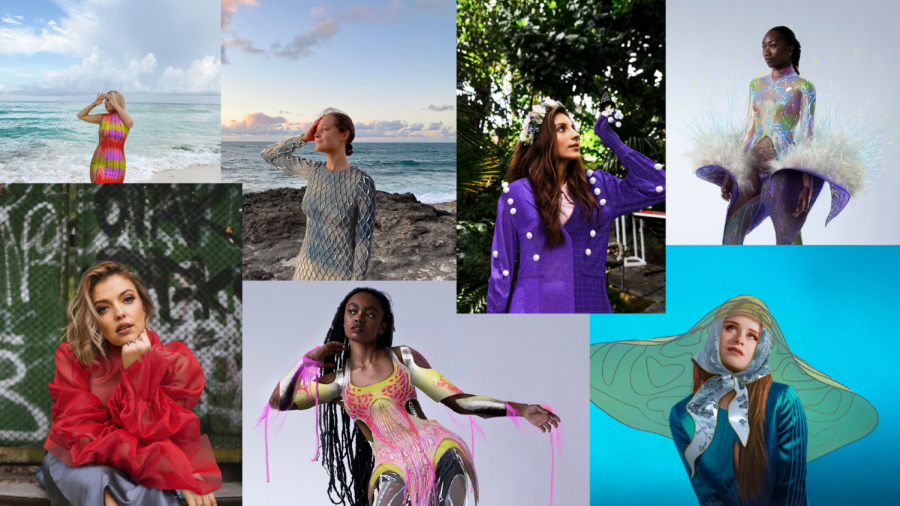Digital Fashion: A Laughable Phenomenon
DressX works to combat fast fashion and excessive waste with the first ever worldwide digital fashion brand.
As global warming and its side effects continue to worsen yearly, sustainability seems to be gaining popularity—becoming a new priority and investment for many companies, including Nike, Apple and Google. According to The World Bank, an institution working to provide sustainable solutions for those struggling with poverty, the fashion industry has become responsible for 10% of carbon emissions annually. Because this industry continues to grow, global consumption of apparel is expected to increase from 62 million metric tons to 102 million in the next 10 years. As fashion trends constantly change, millions of clothing items make their way to landfills, resulting in an immense amount of waste.
Dress X, based in Los Angeles, is an upcoming fashion brand working to solve this problem. The Russian founders, Natalia Modenova and Daria Shapovalova believe their brand can make a difference and could be the future of fashion. They have gained 25.3 thousand followers on Instagram since the brand launched in August of 2020. Using their website, consumers can look through many extravagant pieces, most of which couldn’t exist in real life. Many of their clothing options are more artistic than realistic, with dresses that defy gravity and shoes with alien-like attachments. A Dress X app is now available, allowing consumers to use Snapchat-like filters to view possible outfit options. Using photo editing, the company is able to photoshop these new, fashionable pieces onto their consumer. Individuals can then purchase any item and send in a photo of themselves. Two days later, the customer receives the image, now wearing a new clothing piece or outfit. This company has a variety of clothing options, with pieces ranging from $21 to $1,400. Dress X has collaborated with 19 different designers and has created 20 original collections for its customers.
As nothing is produced in this process, Dress X is eco-friendly by default, allowing individuals to splurge on high-end clothing guilt-free. Although this shopping method is sustainable, the clothing is intangible and is only functional for social media, such as Instagram or Snapchat. Additionally, Dress X’s editing often looks obnoxiously fake, causing those who see it on social media to immediately question an outfit and its owner’s integrity. Another catch is that after purchasing an item, you don’t technically own it. In order to get another photo of yourself in the same outfit, you must buy the product once more.
This humble company with an undoubtedly good goal may become the future of fashion or the opposite. Leaving consumers with the true question of if the high price tag of digital fashion is worth it, or is buying nonexistent clothing the answer to the inevitable problem of fashion waste?

On an average day, you can find Bayla Orton procrastinating cleaning her room as well as writing her extremely well-planned college essay. She either smells like chlorine or pastries (often both) after...



































